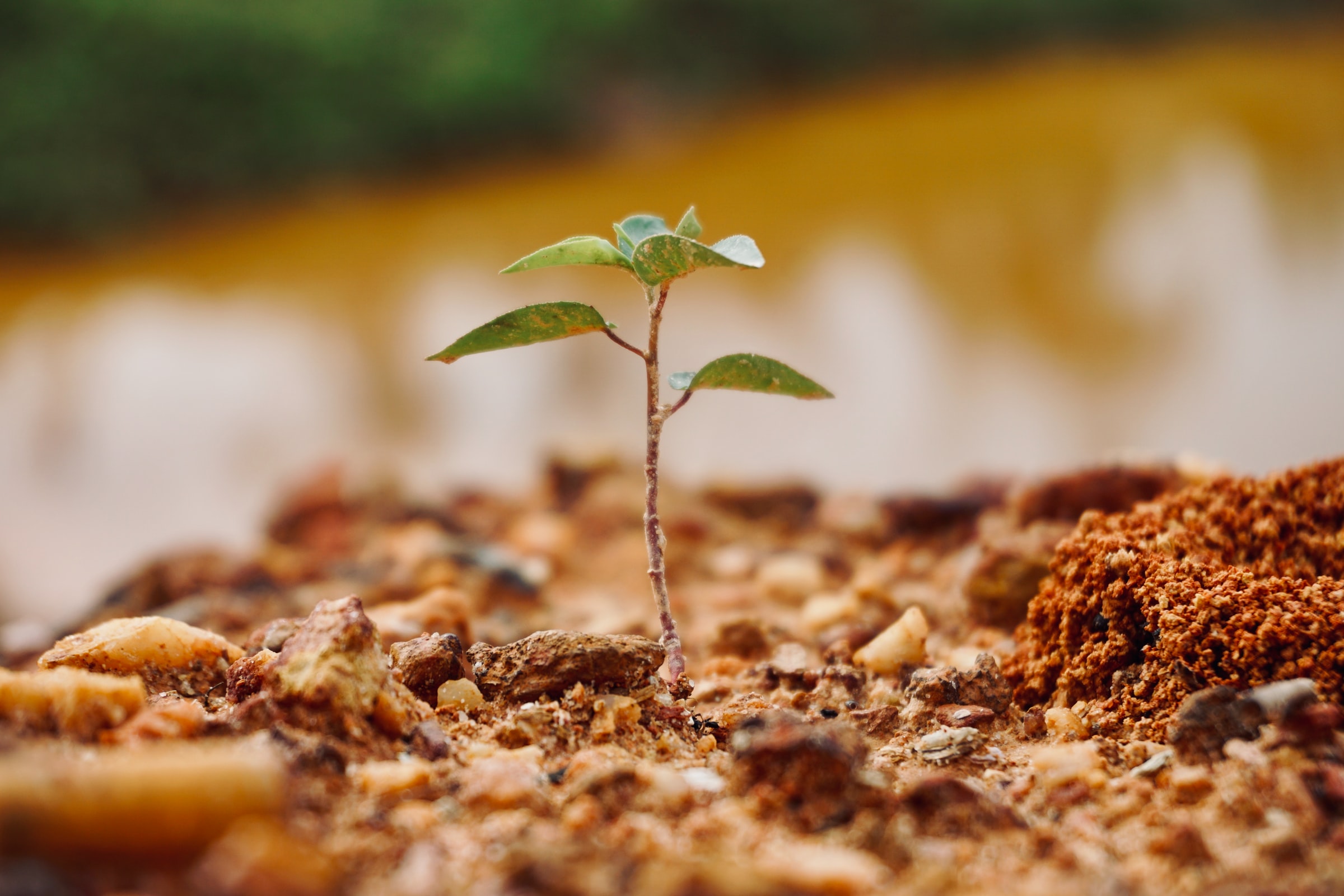When real money goes into real assets with the goal of decarbonizing the planet, everyone benefits.
Aviva Investors, the global asset management arm of Aviva, and Par Equity, a Scottish alternative asset manager, have partnered to invest in peatland restoration and tree planting after buying 6,300 hectares of moorland in North-East of Scotland.
The investment project, which aims to capture over 1.4 million metric tons of carbon, is part of Aviva Investors’ Climate Transition Fund and the asset manager’s net-zero carbon emissions goal across all its tangible assets by 2040.
Over five years, the project will be implemented and managed by Scottish Woodlands, a leading UK forestry management firm.
The plan is to proceed to extensive peatland restoration on 1,800 hectares and plant new trees on 3,000 hectares. This would include 1,000 hectares of productive conifer and 2,000 hectares of native woodland.
In addition to the restoration and reforestation, the project is expected to add supplementary employment in the area and improve public access to the area.
“One of the most critical aspects of the Climate Transition Fund we launched this year is that it materially reduces carbon impact primarily through the decarbonization of the built environment, but also via nature-based solutions, including afforestation,” said Daniel McHugh, chief investment officer of real assets at Aviva Investors. “This is the first of many investments we expect to make in this space, and the intention is for our carbon removal program to be considered a best-in-class initiative which not only sequesters a vast amount of carbon over its lifetime but does so in a way that takes into account the surrounding habitats and community.”
He noted that this would be done while maintaining and enhancing the network of access trails, the area’s biodiversity, and restoring the degraded peatland.
Aviva Investors manages £47.3 billion ($64 billion) in real estate and infrastructure assets via its Real Assets division. Its goal is to reach net-zero emissions across its whole portfolio, as it helps clients transition within illiquid assets.
By 2025, its interim goals include: 1) investing £2.5 billion ($3.4 billion) in low-carbon and renewable energy structures; 2) increasing renewable energy generation capacity to 1.5 gigawatts; 3) originating £1 billion ($1.35 billion) in climate transition bonds; 4) creating at least half of new strategies with sustainable labels, and 5) reducing real estate carbon intensity by 30 percent and energy intensity by 10 percent.
The Real Assets division expects to have at least £500 million ($677 million) in new assets each year to go to low-carbon or renewable investments. Over the past five years, the asset manager has already invested £5.2 billion ($7 billion) in renewable energy areas such as solar, wind, and energy centers, resulting in enough power for one million homes in the U.S. and Europe.
“Achieving net-zero across our real assets portfolio and decarbonizing the existing stock of underlying assets will require commercial ingenuity as well as collaboration with our clients, occupiers, and borrowers,” said Ed Dixon, head of ESG, Real Assets, at Aviva Investors. “Direct emissions from buildings, power, and transport are responsible for 60 percent of UK emissions, so we are under no illusion that it is a simple task. However, the long-term risks and the potential performance benefits for our client’s portfolios are too great to ignore, whether that comes through avoided energy costs or future-proofing buildings from longer-term ESG and carbon risks.”





